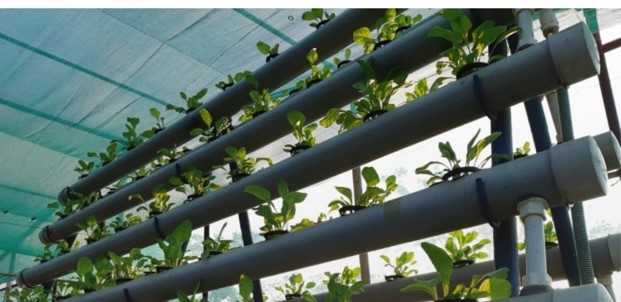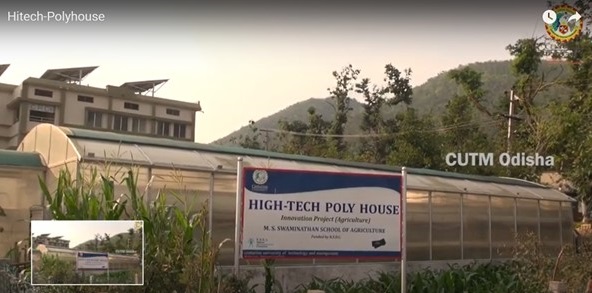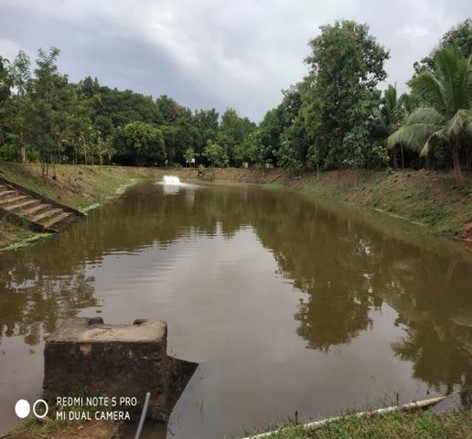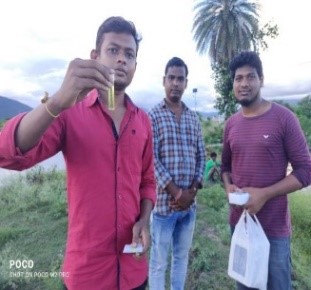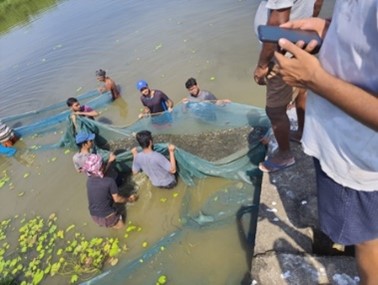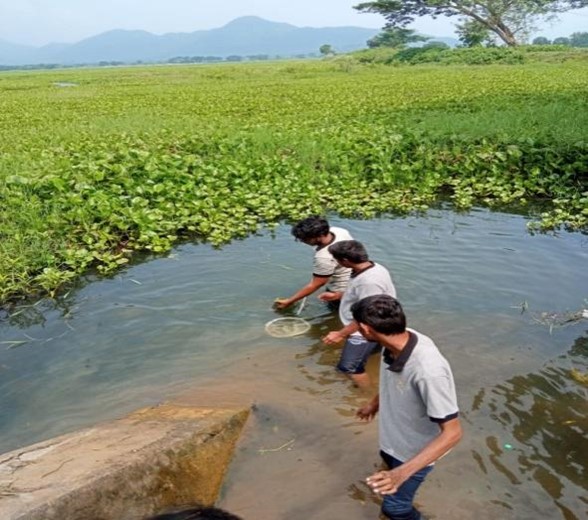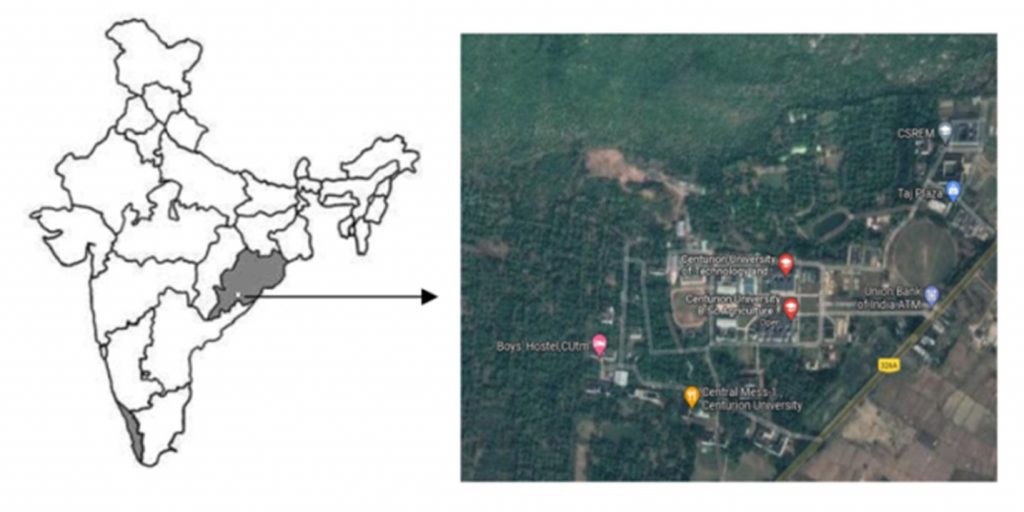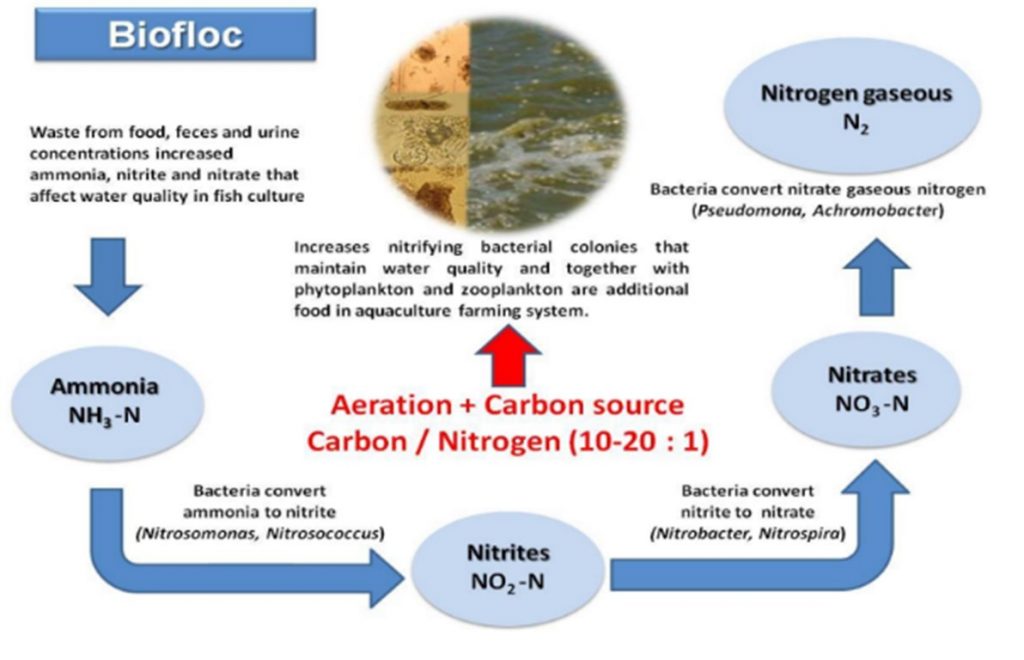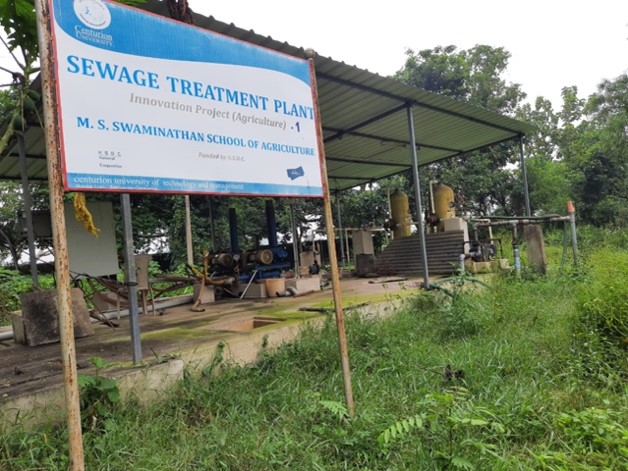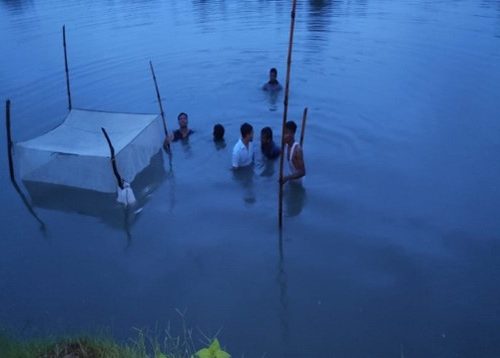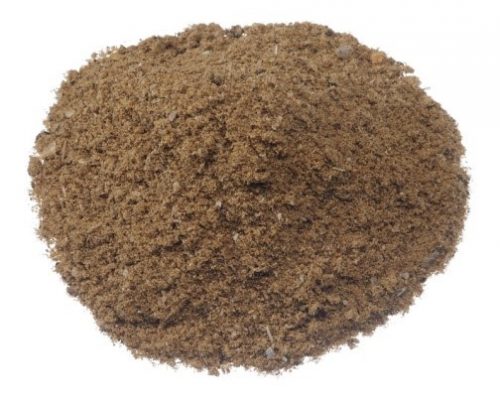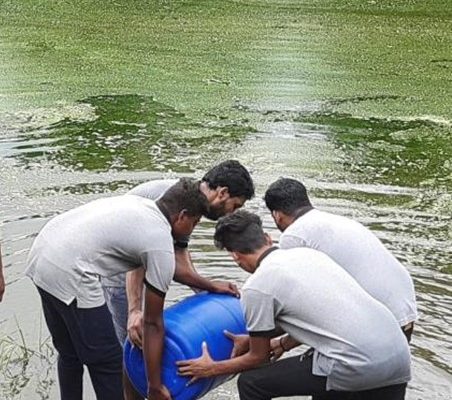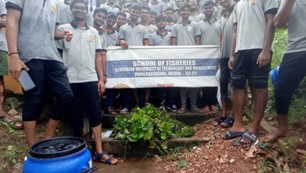Sustaining Aquatic Ecosystems through Innovative Watershed Management
Sustaining aquatic ecosystems through watershed management is a critical focus at Centurion University of Technology and Management (CUTM). Water conservation efforts include sustainable irrigation, water harvesting and wastewater treatment.
Irrigation Practices
Modern irrigation practices across Paralakhemundi campus, including drip irrigation, help reduce water loss, while well-connected drainage systems, both surface and sub-surface, support efficient water management. Additionally, CUTM promotes hydroponics, organic farming, and herbal gardening on its campus, contributing to sustainable agriculture.
CUTM also employs poly-house facilities for growing different crops, using drip irrigation systems to optimize water usage, resulting in increased crop yield and water savings. These strategies collectively play a significant role in maintaining the aquatic ecosystem’s sustainability on the campus.
Water harvesting at Paralakhemundi Campus
To tackle runoff water and soil erosion, five percolation tanks collect rainwater, augmenting groundwater quantity and quality. Loose boulders check dams to prevent soil erosion and other hazards, directing runoff water to percolation and storage tanks. A storage pond with a lining reduces percolation loss, storing water for various purposes, including irrigation and fish farming.
Wastewater treatment
Liquid waste generated is treated in the sewage treatment plant established in the campus and the treated water is reused for irrigation of the plants in the campus.
